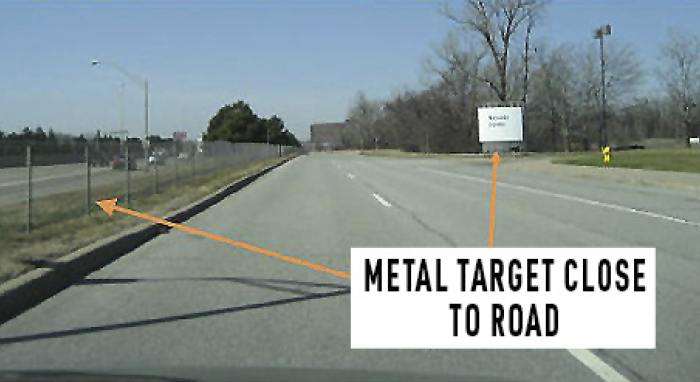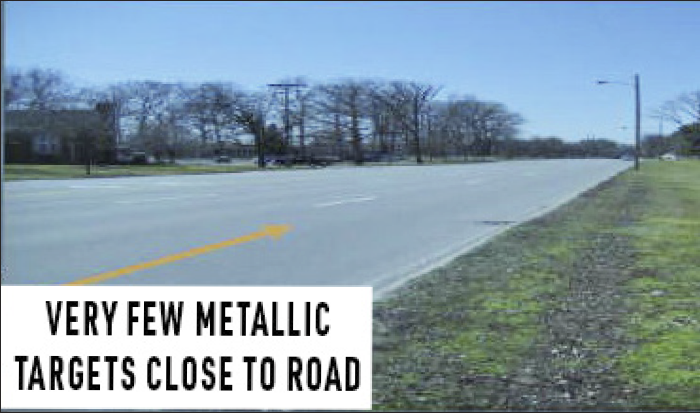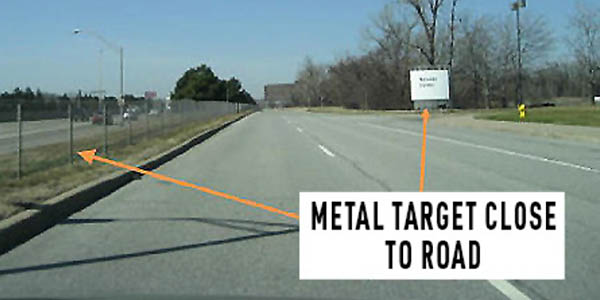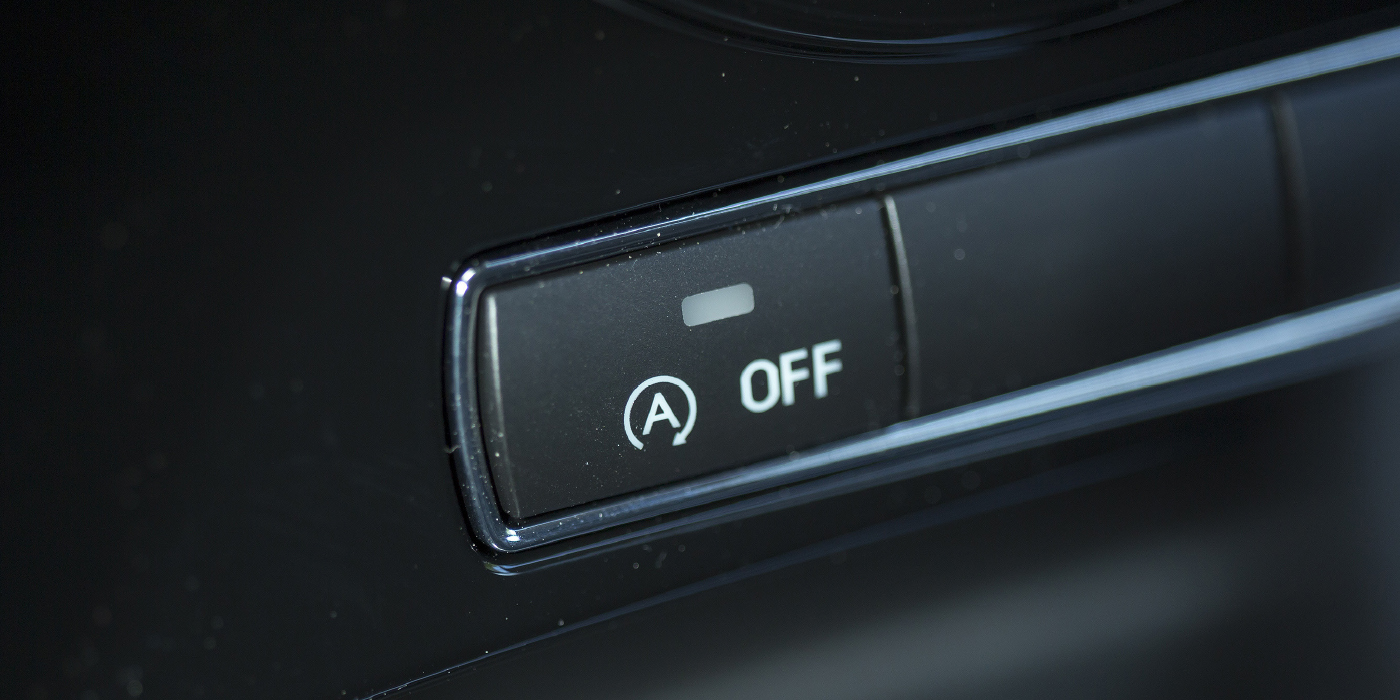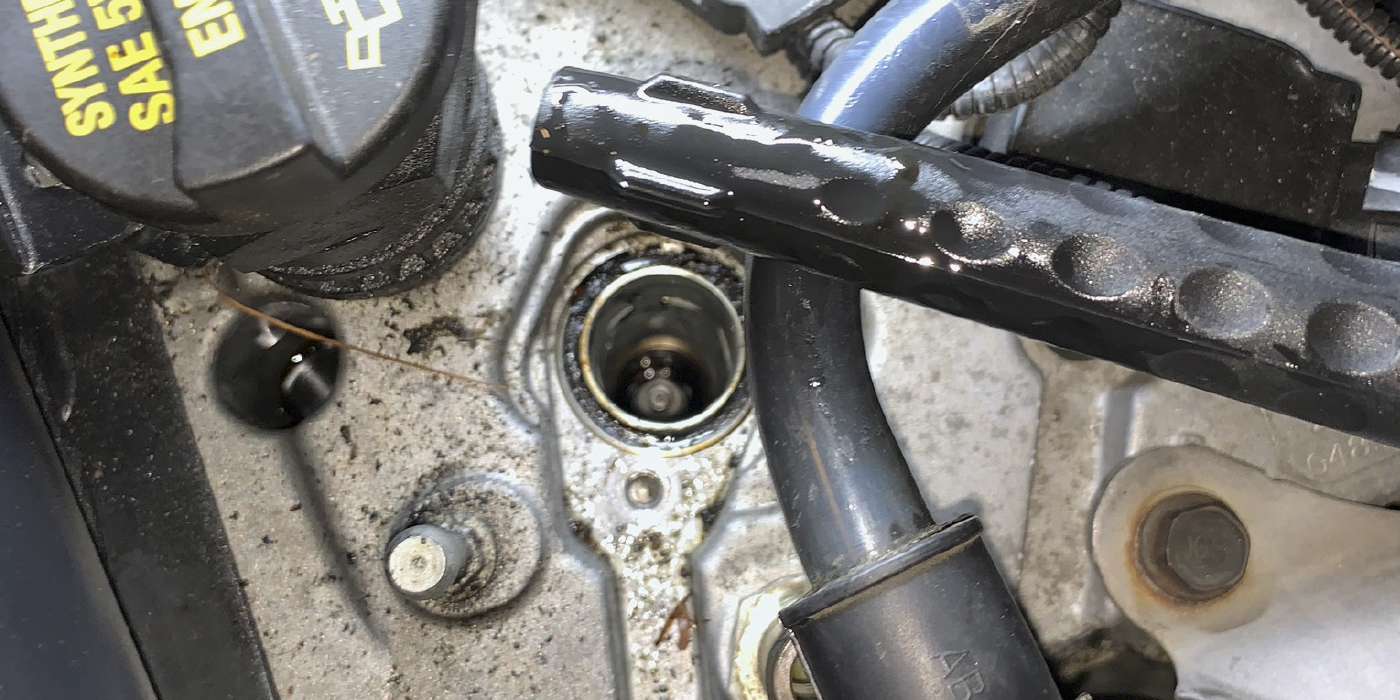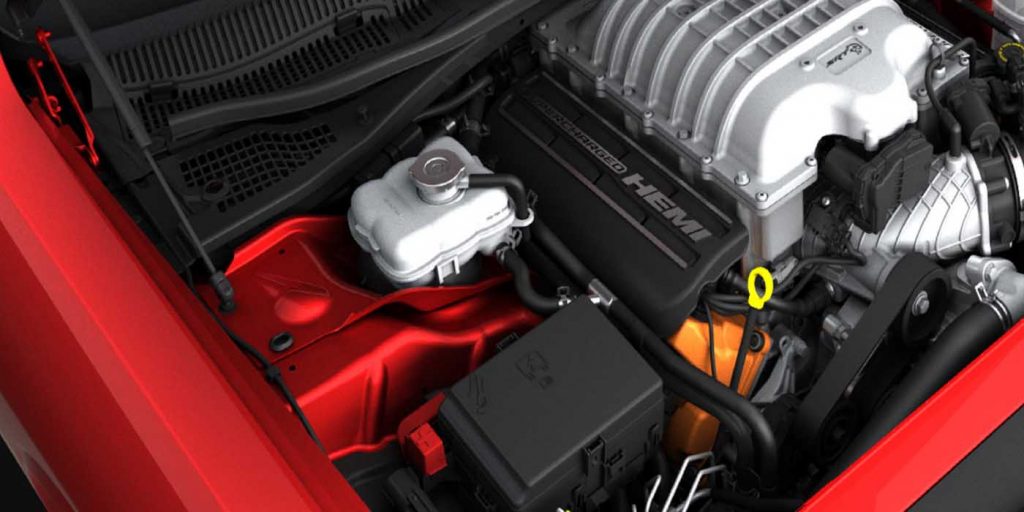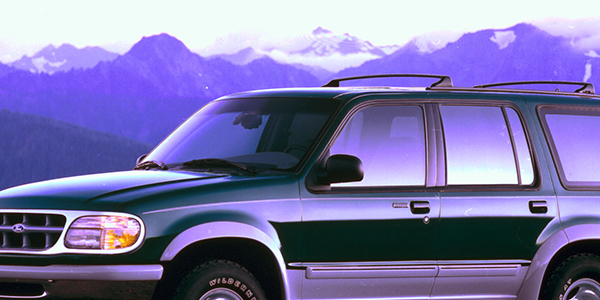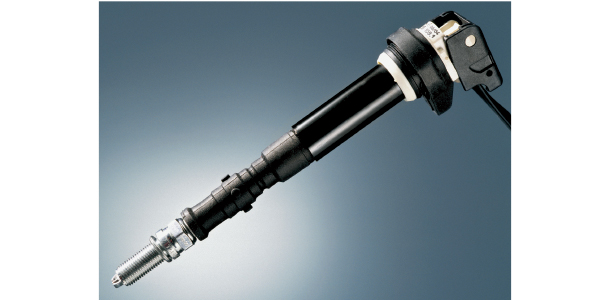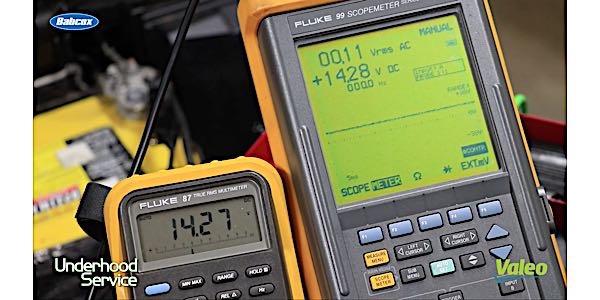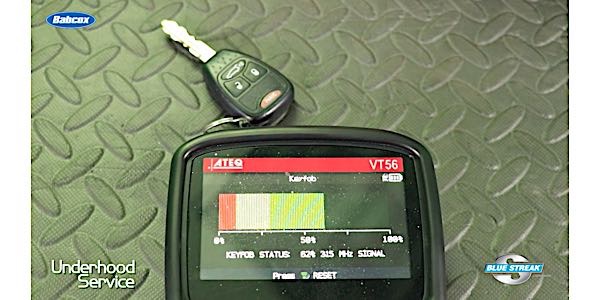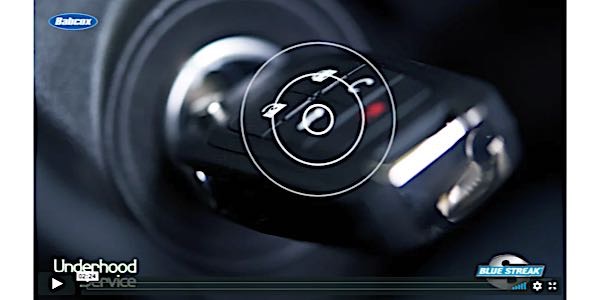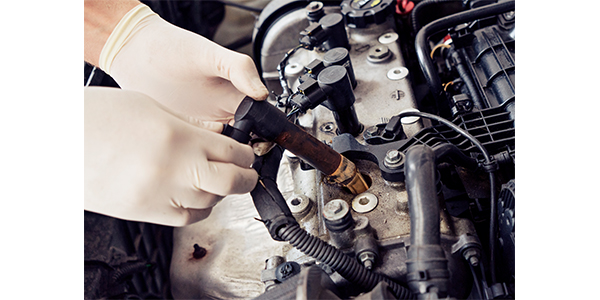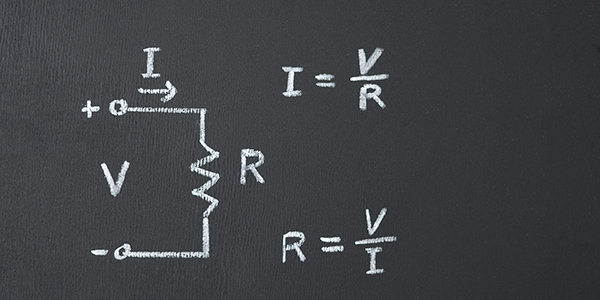Models
• 2010-2017 Taurus, Explorer, Edge, Flex, Fusion, MKS, MKX, MKT, MKZ
• 2015-2017 F150, Mustang, and MKC
• 2017 Super Duty, Escape, and Continental
This is information on setting up and completion steps for proper horizontal alignment of the cruise control module (C-CM) radar sensor.
Preparation
• Check DTCs, tires, Cruise-Control Module (C-CM) attachment/vertical alignment.
• If any DTCs are found in an On-Demand Self-Test of the C-CM (i.e., return after clearing), the Horizontal Alignment Procedure may not run or may abort.
• If the C-CM (radar sensor) is detached from the bracket on one or more nylon ball socket joints, it must be reattached and leveled per the workshop manual before performing the Horizontal Alignment procedure. (New grommets are available for service – p/n W790214-S900)
• Once the C-CM calibration procedure is activated, a message will appear in the dual-display instrument cluster. Older style clusters will have a flashing amber symbol instead.
Vehicle Horizontal Drive Cycle Process
• The vehicle must be driven in the same key cycle.
• If a key-cycle or power loss occurs before completion of the alignment procedure, the sensor will exit the procedure.
• The message will change to “Adaptive Cruise Not Available” for dual display clusters.
If the vehicle does not have the original equipment tires:
• Check that the tire size matches what is programmed in the PCM. If there is a mismatch, the Adaptive Cruise Control (ACC) alignment process may not complete, or the driver may experience stuttering or surging during usage of the cruise control. Upon successful completion of the alignment procedure, the “Front Sensor Not Aligned” message will clear, and normal instrument cluster display will resume. For older clusters, the amber light will cease blinking.
Targets
While driving the car during Horizontal Alignment mode, the radar is constantly scanning for stationary targets. Once it detects enough targets (around 250) it will align, and the “Front Sensor Not Aligned” message will disappear from the cluster.
• Driving in areas with more stationary metallic objects will align the radar faster than in areas with fewer.
